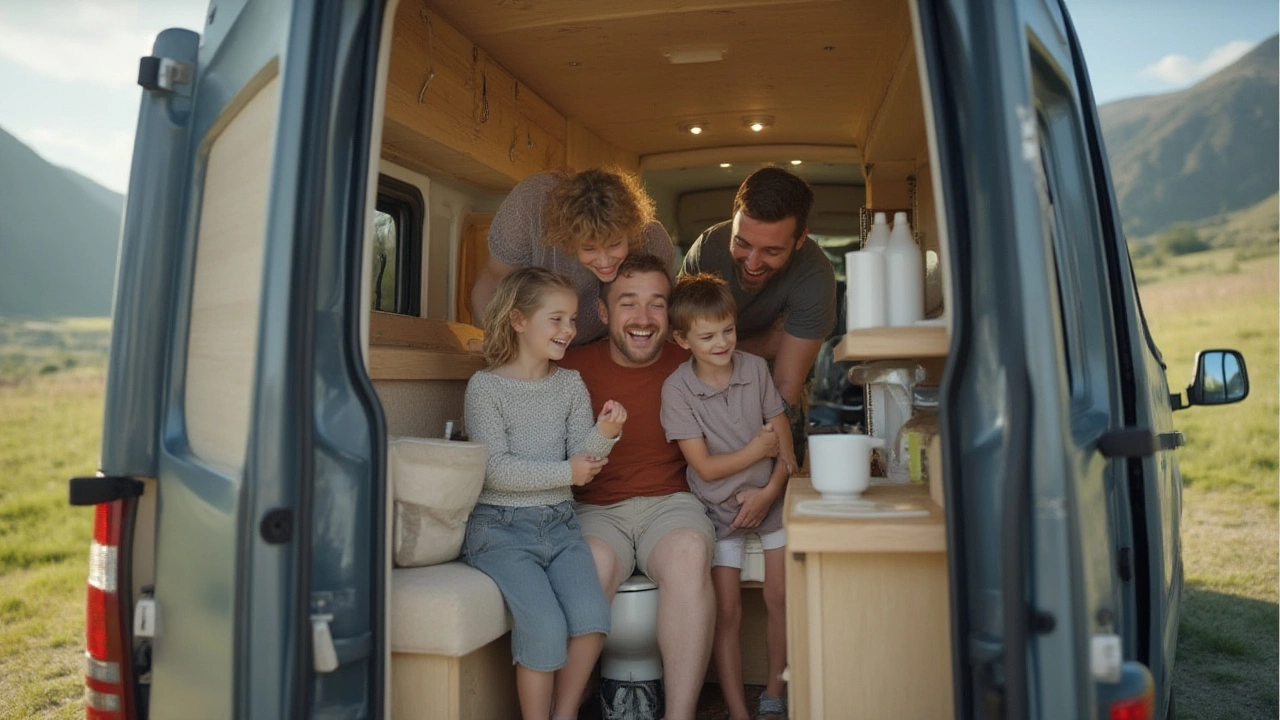Portable Toilet Basics for Campers and Motorhome Travelers
If you spend nights under the stars or on wheels, a portable toilet is a must‑have. It saves you from searching for public loos, keeps your trip comfortable, and avoids nasty surprises. Below you’ll find the key things to look for, how to keep it clean, and a few legal pointers that keep you on the right side of the law.
Choosing the Right Portable Toilet
First off, size matters. Small units fit under a camper’s seat or in a snug van corner, while larger models sit in a dedicated bathroom space. Think about how many people will use it and how often you’ll empty it. If you’re solo or a couple, a 5‑liter cassette works fine. For families, aim for 10 liters or more.
Next, check the waste‑holding system. There are two main types: cassette (removable container) and bag (sealed carry‑out bag). Cassettes are easy to empty at service stations, but you need a place that accepts them. Bag systems let you seal the waste and toss it at a dump point, which is handy in remote areas with no facilities.
Another factor is the flush mechanism. Manual pumps are reliable and cheap, while electric flushes need a battery or power source. If you travel off‑grid a lot, a manual pump is safer.
Finally, look at extra features: built‑in hand sanitizer dispensers, splash‑guards, or a ventilation vent that reduces odour. These add comfort without a big price jump.
Keeping It Clean and Odor‑Free
The biggest headache with any portable toilet is smell. The secret is simple: use the right chemicals and flush often. Add a few drops of biodegradable toilet cleaner after each use; it breaks down waste and controls odor. Some users swear by a small amount of pine oil or vinegar for the same effect.
Never overfill the tank. Most manufacturers recommend topping up at half capacity. This gives the chemicals room to work and prevents spills when you’re on the move.
When it’s time to empty, do it at a designated dump station. Most motorhome parks, service stations, and many camping sites have a dedicated point. If you can’t find one, a portable waste tank with a hose will let you pour the waste into a proper landfill container. Remember to rinse the cassette with fresh water before sealing it back in.
After emptying, give the bowl a quick clean with a bottle brush and some toilet cleaner. Let it air dry for a few minutes, then replace the deodoriser cartridge if your model has one.
Now, a quick legal note: In the UK and many EU countries, you must dispose of waste at an approved dump point. Dumping in the wild can lead to hefty fines and harms the environment. Keep a list of nearby dump stations on your phone, and plan your route around them.
In short, a good portable toilet makes your road‑trip life smoother. Pick a size that fits your crew, choose a waste system that matches your destinations, and stay on top of cleaning. With these basics, you’ll spend less time worrying about bathroom breaks and more time enjoying the open road.
Where to Go to the Bathroom When Camping - Your Complete Guide
Discover the best bathroom solutions for camping, from portable toilets to cat holes, with practical tips, comparison tables, and LeaveNoTrace advice.
Do Camper Vans Have Toilets? Complete Guide to Campervan Bathrooms
Not sure if camper vans have toilets? Get all the real-world answers, types, tips, and what to expect from your next van trip in this practical guide.

